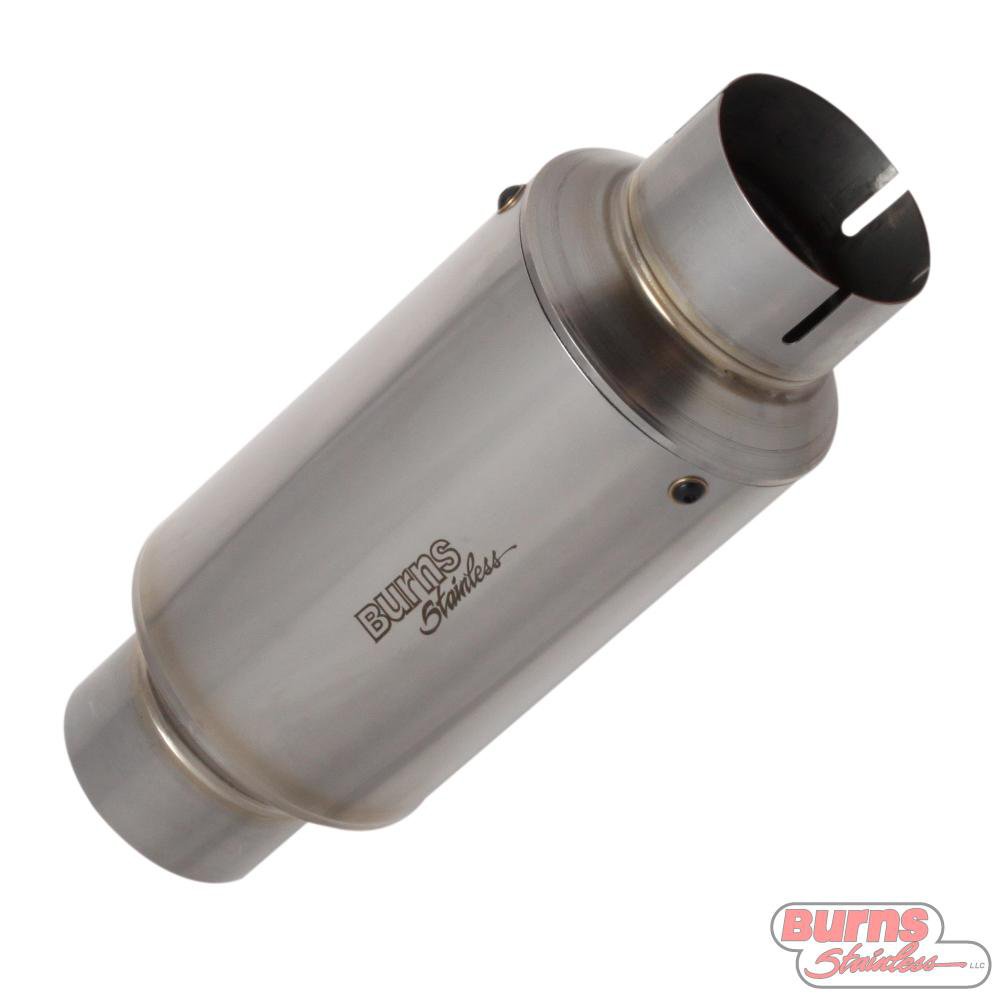Aluminum is widely used in racing to make everything from radiators to pistons to intake manifolds (However, we would never recommend aluminum for exhaust systems!). The properties of aluminum that make it so attractive to racers include light weight, strength, fabricability and corrosion resistance. Aluminum is approximately 1/3 the weight of steel, yet some aluminum alloys exhibit tensile strengths greater than some low carbon steels. Many alloys can be heat treated to improve strength properties. Aluminum is available in many wrought forms such as tubing, extruded shapes, sheet and bar. Aluminum can also be cast using a variety of foundry methods using moderate strength heat treatable alloys. Forging can also be used to form aluminum. This material can be fastened with rivets, bolts, or welding. Welded fabrications can also be heat treated.
There is a variety of wrought and cast alloys available for use by the racing fabricator. Adding alloying elements to enhance the physical properties of aluminum for specific purposes creates these alloys. Wrought aluminum alloys are designated using a four-digit system, with the first digit specifying the alloying element. The following table lists the major series including the alloying elements and general uses for each series.


Some of the more common aluminum alloys used by racing fabricators include 3003, 2024, 6061 and 7075. 3003 is a non-heat-treatable wrought-alloy, which has excellent workability and weldability and is used for low-strength applications including tanks, boxes and brackets. 2024 is a heat-treatable, high-strength alloy with limited formability and is not weldable. It is an excellent choice for chassis skins and spars and for flywheels. 7075 is heat-treatable and the strongest and stiffest of the commonly available aluminum alloys. Due to its strength, it is not readily formable and lends itself to be used for machined components and straight suspension pieces. 7075 also has poor welding characteristics.
6061 is the least expensive and most versatile of the heat-treatable alloys. It is a favorite alloy of many fabricators as it is a weldable alloy with moderate to high strength in tempered condition. It also has good formability in the annealed condition. It is the best choice for intake manifold and inter-cooler plumbing due to the weldability and formability of the alloy. 356 aluminum is an excellent weldable, heat-treatable casting alloy. It is used for a variety of applications including pump housings, transmission cases, cylinder blocks.
As previously mentioned, heat-treating improves the strength of aluminum alloys through a process known as "precipitation hardening." In simple terms, precipitation hardening is a process that occurs during the heating and cooling of an aluminum alloy in which minute particles or "precipitates" are formed in the aluminum matrix. These particles reduce slippage between "grains" which in turns increases material hardness and strength.
The chemistry involved varies with each particular alloy. However, in basic terms, when an aluminum alloy is heated for a certain amount of time above its "solution temperature," the alloying elements dissolve uniformly into the aluminum matrix. Following a quench (or rapid cooling), the alloying elements will slowly fall out of solution and combine with each other to form evenly distributed precipitates. This step, known as aging, occurs at room temperature, however, and alloy can be artificially aged at an elevated temperature in order to speed up the process.
Another method for increasing the strength of aluminum alloys is by work hardening. Work hardening occurs during forming processes including forging, stamping and tube bending. During these forming processes, the alloy undergoes plastic deformation and the metallic grains are broken and become smaller. The tighter grain structure prevents inter-granular slippage thereby increasing the strength of the alloy.
Annealing is a process that imparts the "softest" or most ductile condition to a heat-treatable aluminum alloy. For annealing, the alloy is heated to above its solution temperature and then slowly cooled to room temperature. During the cooling processes, the alloying elements fall out of solution and form large unevenly distributed crystals, which do not effectively prevent granular slippage. The result is a soft, low strength alloy condition. Burns Stainless anneals all aluminum tubing prior to bending.
The temper designation system is used to specify the condition, or temper, of a heat treatable alloy. The most common designations include O (sometimes erroneously referred to as TO), F, T4 and T6. O refers to soft or annealed condition and is the preferred temper for forming processes such as tube bending. F refers to the condition of the material following a forming process during which work hardening occurs, and is the official designation of tubing bends. T4 designates that the alloy was solution heat treated and naturally aged. T6 is sometimes referred to as fully "heat treated" and is the result of solution heat treating and artificial aging.
Burns Stainless carries only drawn seamless 6061 aluminum tubing for straight tubing and bends. The tubing specification is ASTM B-210 and/or Federal General Specification WW-T-700/6. This tubing is manufactured by cold drawing a true seamless extruded tube made from hollow extrusion ingot processed by die and mandrel extrusion process. Straight 6061 aluminum tubing available from Burns Stainless is sold in the T6 condition. It is important to note that welding will effect the temper of a tube since it locally heats up the metal. If the strength of a T6 temper is necessary for your welded assembly, it is important that the assembly be heat treated. It is also important to note that the aluminum bends are annealed and through the bending process achieve a certain level of work hardening. Again, if heat treated properties are required, the assembly must be heat treated.
Burns Stainless recommends special care when polishing aluminum in the “O” condition.










